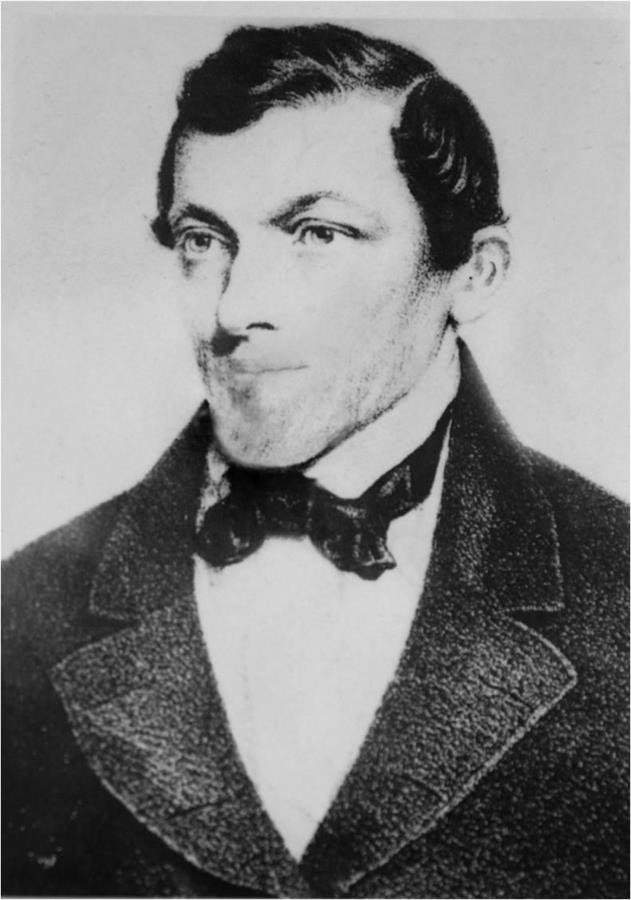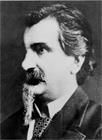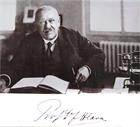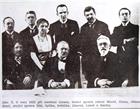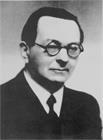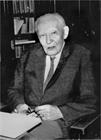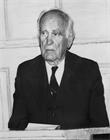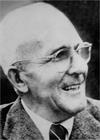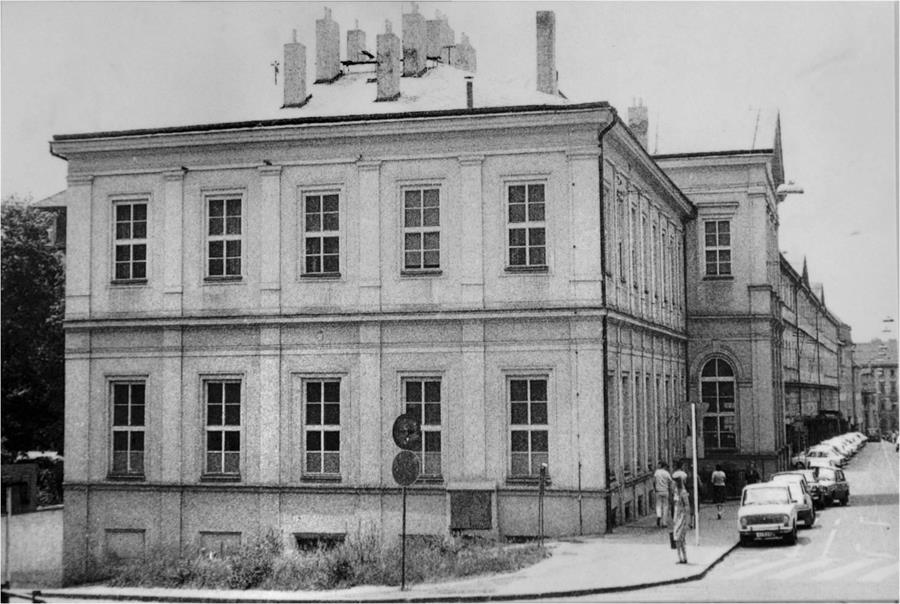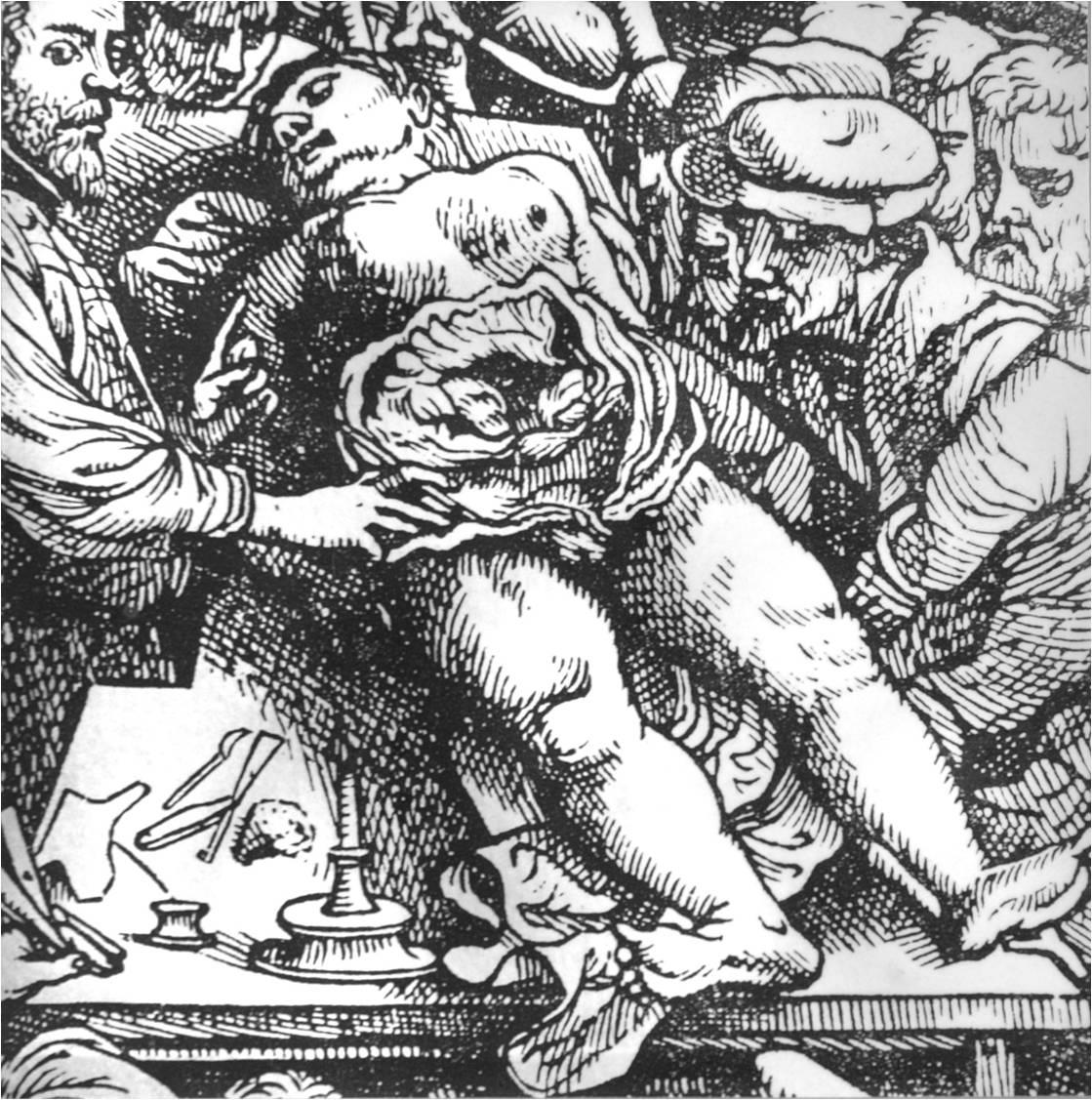
The Origins of Pathology at the German University in Prague
The significance of pathological anatomy for medical education has been emphasized as early as in a decree by Empress Maria Theresa in 1747. However, the establishment of an independent pathological-anatomical department, or dissecting-room, took almost a hundred years and autopsies were often conducted in an unprofessional manner by students and surgical assistants. Pathological anatomy as a subject was included in the list of lectures at the Prague German medical faculty in 1841. The first documented pathological-anatomical dissection was performed in the Czech lands in 1837 by V. A. Bochdalek, the first Prague prosector, first associate professor of Pathology and founder of the Pathological Anatomy Museum in the building of the General Hospital. The first dissecting room was established in a house near the hospital garden. Thereafter the first autopsy hall with facilities next to the rooms for the sick was launched.
The first independent pathology building in Prague was built and opened in 1858 by V. Treitz. After the division of the University into Czech and German parts, Treitz´s Department was assigned to the German faculty, in whose possession it remained until the end of the Second World War. Many important personalities worked here such as Vilem D. Lambl, Anton Ghon, Hans Chiari, and Herwig Hamperl, who also performed the autopsy of Deputy Reich Protector Reinhard Heydrich (but the autopsy was conducted in the office of the Director of the hospital Bulovka).
Pillars of Czech Pathology - Professor Hlava and Professor Šikl
The Czech Medical Faculty became operational in 1884, just at the beginning of the field of pathological anatomy. Jaroslav Hlava, the youngest professor of the new Czech medical faculty, became a professor at the age of 32 and later also became rector of the university. From his teacher, Professor Klebs from Treitz´s institution, he inherited a particular interest in bacteriology and published a series of extraordinary works such as About Dysentery. He started out in very humble conditions in a half-timbered shed in the courtyard of the dean's office on Ke Karlovu street. It took 25 years until he acquired approval for the construction of the Czech Institute of Pathology at the Albertov. Construction was interrupted by the First World War, so the institute was named after its founder when it was inaugurated in 1921. Like Treitz´s institute at the time of the opening, the Albertov building was one of the most modern and best-equipped institutions in Europe, but professor Hlava himself could not enjoy it for long. He died just three years after its opening. The exterior of the Institute is designed in the style of postwagnerian modernism and constructivism and was declared a national cultural monument. An urn bearing his ashes stands in the lobby of the Institute.
Already at the start of its operation a part of Hlava´s Institute of Pathology was comprised of the Institute for bacteriology and serology under the leadership of Ivan Honl. Increasing demands from clinicians for pathology services resulted in the establishment of a biopsy station for the entire Czech region in the interwar period. It was led by a pupil of Prof. Hlava, H. Šikl. Prof. Šikl later fell into the daunting task of keeping the Institute alive during the German occupation during the Second World War, when a large part of the premises was seized for use as a German workplace. Total extinction and replacement by a military hospital was prevented thanks only to the support of Professor Herwig Hamperl from the German Institute of Treitz. Beyond its core expertise, which was cardiopathology, professor Šikl considerably improved autopsy techniques, not only of adults but also children, and was responsible for the emergence of a new sub-field of child pathology which was successfully continued by D. Benesova, head of the newly established Faculty of Pediatrics.
From the postwar years through the so called Normalization period to the fall of the communistic régime
Following the Second World War, the German university was abolished. However, both Institutes of Pathology were retained until 2000 as an independent 1st (Hlava´s ) and 2nd (Treitz´) pathological institute. The leadership of Hlava´s Institute was assumed in 1955 for 28 years by Blahoslav Bednar who overcame initial personnel and technical deficiencies with his colleagues: doctors Zdenek Lojda, Milan Elleder, Pavel Miřejovský, and others. The Institute was modernized and gradually a wide range of specialized departments, including histochemical, electron microscopic, immunologic, and tissue culture laboratories were added. Further extensive reconstruction began during the period of Bednář's successor Professor Adam Jirasek. The name of Professor Bednar was engraved in the minds of the medical community in particular due to his three-volume Monograph of Pathology (1982-1984) which was reprinted in several editions. His work was a basic teaching text for several generations of students and pathologists.
The 2nd Pathological Institute, headed by Vaclav Jedlička and Rudolf Vaněček, grew successfully until 1968. After the change of political regimes its staff suffered significant restrictions when its leaders were removed from office. Several specialists emigrated and the Chair of pathology of the 2nd Institute was placed under the direction of the 1st Department. Independence was re-established and reconstruction of the Institute took place during the 1970's and 1980's under the leadership of Professor Jaroslav Dobias.
In 1989 the 2nd Institute of Pathology played a historic role when it became one of the centers of student strikes.
From the merger of both Institutes of Pathology at the turn of the century to the present
Following the merger of the First and Second teaching hospitals, there was a merging of duplicate offices, and in 2000 it was decided to also merge both pathology institutes into one building of Hlava´s Institute. The head of the merged institution became Professor Ctibor Povýšil, the former Head of the 2nd Institute of Pathology. The historic building of the oldest institute of pathology in our area had to be vacated. Today it serves as an information center, library, study for medics and the Institute for the History of Medicine is located there. A large collection of historic specimens and old autopsy reports was transferred to the National Museum. Professor Povýšil created the Osteopathology laboratory and founded the Laboratory of Molecular pathology. Biopsy, necropsy, and special laboratories, as well as the microscopy auditorium and seminar rooms for teaching, were reconstructed. In 2013 Professor Pavel Dundr was appointed department head. Under his leadership further modernization of laboratory equipment and teaching facilities is being realized.
Famous personalities
Awareness of the life stories and contributions of famous figures who contributed not only to the establishment and development of pathology as a discipline, but often held positions within Charles University, General Hospital, as well as other European institutions, slowly declined. Nevertheless, their names are well known to doctors and medical students around the world as a result of the structures and diseases that were described by them. Ganglion Bochdaleki - the nerve plexus of the upper jaw; the hanging apparatus of the duodenojejunalí flexure - Treitz´ ligament, one of the interior hernias – Treitz´ hernia, Treitz´ uremic colitis, Lambl´s excrescences on the heart valves, intestinal parasite Lamblia intestinalis (Giardia lamblia), cerebellum and brain stem malformation in hydrocephalus - Arnold-Chiari malformation, the basic manifestation of primary tuberculosis - Ghon focus and Ghon complex, Bednar tumor - pigmented dermatofibrosarcoma protuberans.
Source (text): Ivo Steiner and Associates: History of Czech pathology. ATD Publishing House, 2015





